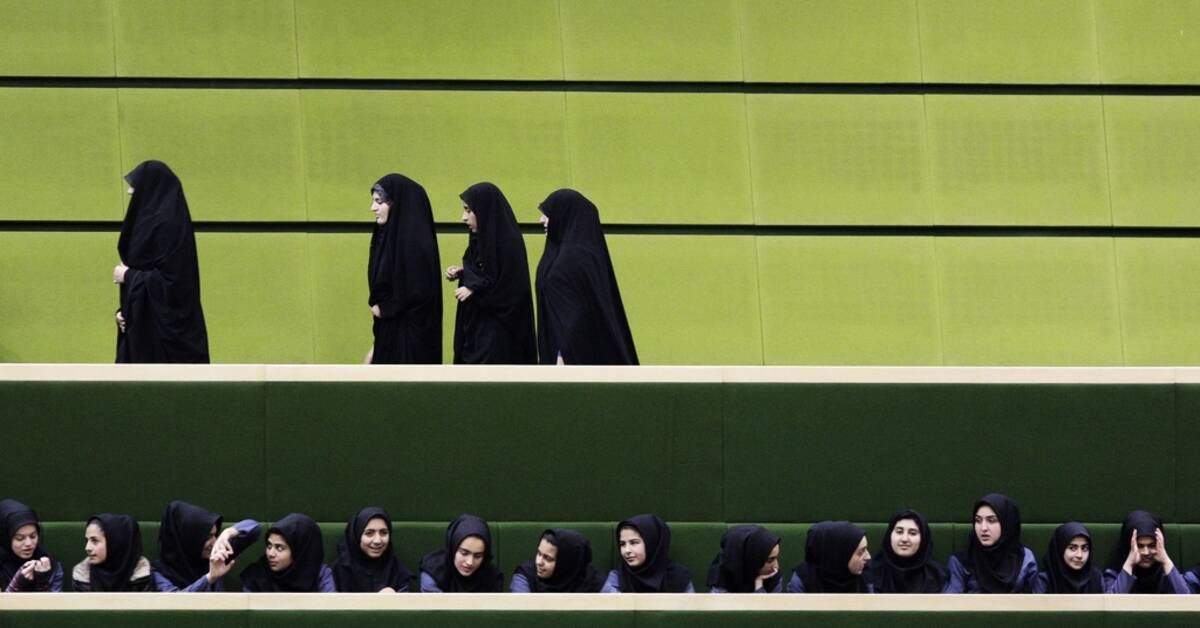Reports of students with poisoning symptoms came during the day, including from the western province of Khuzestan, where "at least 60 students were poisoned in a girls' school," according to the state news agency Irib. Students were also reported to have been poisoned from the town of Ardabil in the northwest and from Urmia in the same country.
The suspected poison attacks against schoolgirls in particular have shaken Iran since November last year. Since then, more than 5,000 students have suffered symptoms such as dizziness, nausea, headaches and difficulty breathing, according to a report presented in early March.
At the same time, it was found that students at more than 230 establishments, located in 25 of the country's 31 provinces, had shown symptoms of poisoning.
Final report in two weeks
A few days later, it was announced that a large number of people suspected of involvement in the poison attacks that affected thousands of girls in the country had been arrested.
On Friday, the MEP tasked with investigating the poison cases announced that a final report on the matter would be published in two weeks' time.
Iran's supreme leader, Ayatollah Ali Khamenei, called early last month for "severe penalties" up to the death penalty against those found to be responsible for the poisonings, which he described as "unforgivable crimes."
Started after Mahsa Amini's death
The poisoning cases began two months after the start of a protest movement in Iran sparked by the death of Mahsa Amini, 22, on September 16, after she was arrested for violating the strict dress code for women.
Javascript is disabled
Javascript must be turned on to play video
Learn more about browser support
Following the death of 22-year-old Mahsa Amini, strong protests have taken place in Iran. Photo: Stefani Reynolds/TT

